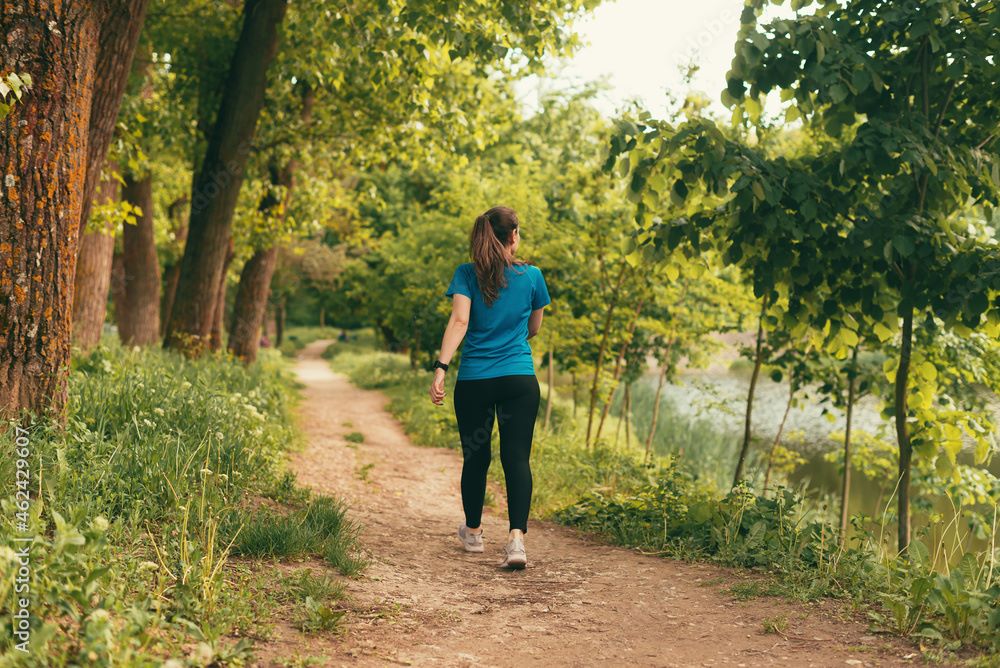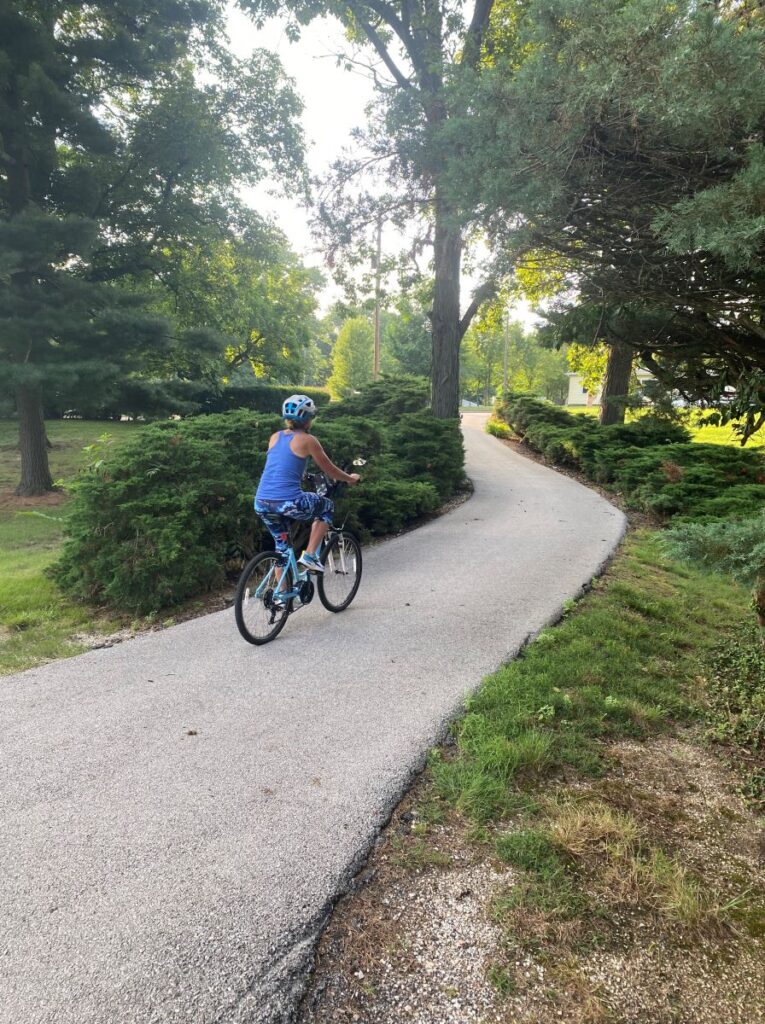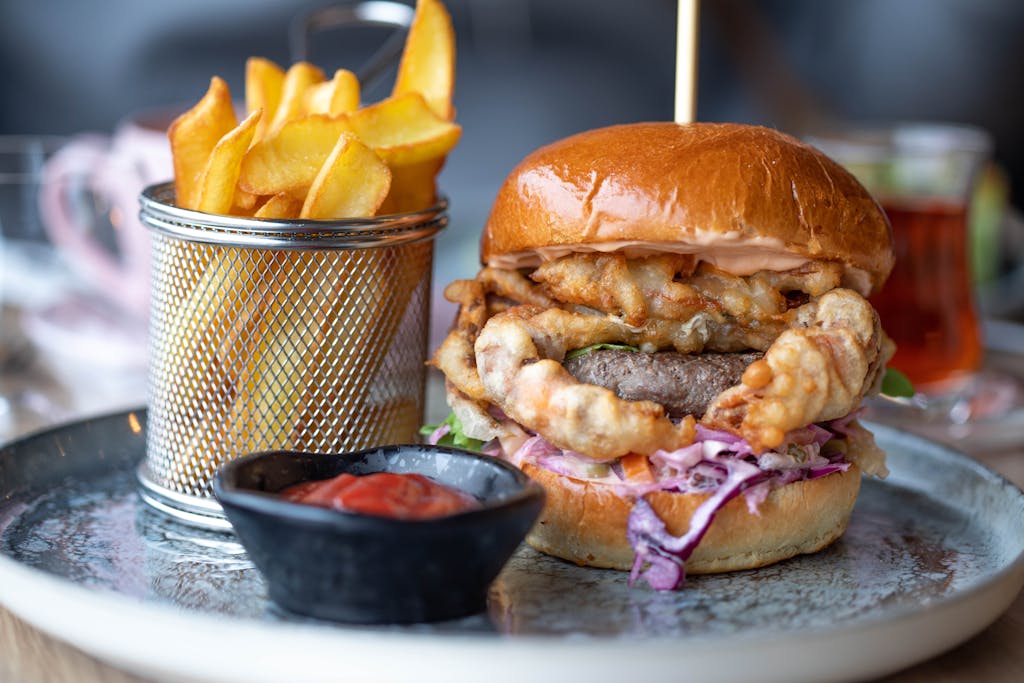Recovery Ride vs Rest Day? For New Senior Riders
Hey there, fellow senior cyclists!
Have you heard (or maybe you already knew) that cycling recovery days and rest days are super important?
Are you wondering why they are so important or which is best?
Even though you may feel guilty for taking a day off – fearing that you could lose your fitness gains – taking time to recover and rest can prevent injury or burnout.
However, it can be tricky trying to figure out which option is the right one.
As a senior cyclist myself who’s passionate about fitness, I know how challenging it can be to find the right balance between training, recovery, and rest.
This is especially true as we age.
That’s why it’s so important to understand the difference between a cycling recovery ride and a rest day.
So, let’s dive into the difference between the two, so that you can decide which is best and when to incorporate each one into your fitness plan.
What is the Difference Between Rest Day and Recovery Ride?
Let’s start by discussing the difference between a rest day and a recovery ride.
They both play an important role in our overall training plan even though they are not the same thing.
What Is a Rest Day?
A rest day is a day where you take a break from cycling and allow your body to fully recover from the physical stress of training.
This means no cycling, but it doesn’t mean that you have to be completely sedentary.
Depending on my mood, I will still try to do some stretching or yoga or go for a long, slow walk to smell the roses!
This helps to promote blood flow and benefits in recovery.
Rest days are important because they allow your body to repair and rebuild muscle tissue that has been damaged during training.
They also help to prevent burnout and overtraining.

What is a Recovery Ride?
A recovery ride is a low-intensity ride that is done the day after an intense workout.
I often go for a recovery ride after a tough weightlifting day or the next day after a long intense bike ride.
The main purpose of a recovery ride is to promote blood flow to the muscles and help flush out any toxins that may have built up during the previous day’s workout.
Recovery rides are usually shorter in duration and lower in intensity compared to our regular training rides.
Recovery rides can be done outdoors or indoors on a stationary bike.

How Are They Different?
The main difference between a rest day and a recovery ride is that on a rest day, we take a complete break from cycling, whereas on a recovery ride, we still engage in low-intensity cycling.
Rest days are essential for allowing our bodies to fully recover and rebuild muscle tissue.
Recovery rides, on the other hand, are more about promoting blood flow and helping us feel better for our next workout.
It’s important to understand that recovery rides should not be used as a substitute for rest days.
Rest days are still very important for preventing burnout and overtraining and you should add both to your training plan on a regular basis.
I personally do both – a rest day and a recovery day – at least once a week.
As I have gotten older, it has become more important for me to give my body a break physically.
I have also learned to appreciate the mental benefits of recovery rides and rest days as well!
So now I not only for my body but for my mind as well.
Benefits of A Rest Day
Rest days are an essential part of any training program, and we should prioritize them just as much as we do our workouts.
Here are some of the benefits of taking rest days:
Rest and Sleep
Resting and getting enough sleep are crucial for recovery. When we exercise, we put stress on our bodies, and rest days allow us to recover from that stress.
During rest days, I try to get at least 8 hours of sleep every night. This helps your body recover and repair.
READ MORE: 13 Ways to Help You Sleep Well.

Muscle Repair and Injury Prevention
Rest days are essential for muscle repair and injury prevention.
When you exercise, you cause small tears in our muscles, and rest days allow your body to repair those tears.
Rest days also help prevent injuries by giving our bodies time to recover and reducing the risk of overuse injuries.
Mental Recovery
Rest days are not only essential for physical recovery but also for mental recovery.
Exercise can be stressful, and rest days allow us to take a break and recharge mentally.
It’s important to listen to your body and take rest days when you need them to avoid burnout and mental fatigue.
This may look different for everyone. So do whatever works for you!
Improved Performance
Rest days can actually improve our performance.
When you take a rest day, you give your body to recover and repair, which can lead to improved strength, endurance, and overall performance.
Rest days also help prevent overtraining, which can lead to decreased performance and increased risk of injury.
Benefits of Recovery Rides
While rest days have their place, recovery rides can offer some significant benefits to your body and your performance as a cyclist.
Let’s explore the benefits of recovery rides and how they can help you recover faster and perform better.
Increased Blood Flow and Stretching
One of the main benefits of recovery rides is increased blood flow and stretching.
When you ride your bike, you engage your muscles and get your blood pumping.
This increased blood flow can help flush out toxins and promote healing in your muscles.
Additionally, recovery rides can help you stretch out your muscles and prevent them from becoming tight and sore.
Removing Toxins
Another benefit of recovery rides is to rid our bodies of toxins.
When you exercise, your body produces lactic acid and other waste products that can linger in your muscles and cause soreness and fatigue.
Recovery rides can help flush out these toxins and promote healing in your muscles, allowing you to recover faster and perform better.
Fueling and Nutrition
Fueling and nutrition are still important even when it comes to recovery rides.
While you may not need to consume as many carbs or calories as you would during a hard training ride, it’s still important to fuel your body properly so that you recover faster and perform at your best.
This might mean consuming a recovery drink or snack after your ride or making sure you’re getting enough carbs and protein throughout the day.

Training and Heart Rate
Zone 1 training involves riding at a low intensity, which can help you build endurance and improve your aerobic capacity (maximum oxygen consumption during physical activity).
Additionally, recovery rides can help you manage your heart rate and prevent overtraining, which can lead to injury and burnout.
As you can see, there are many benefits to recovery rides.
Whether you’re a pro athlete or just starting out, incorporating recovery rides into your training routine can help you recover faster, perform better, and stay healthy and injury-free.
When to Choose a Rest Day
Sometimes, we need to take a break from cycling and let our bodies rest.
Rest days are a very important part of any training program, especially for seniors.
I can tell you that I don’t have the stamina that I had when I was younger.
It’s not that we can’t still do it – but recovery from burnout, injury, and illness can take longer for us.
Here are some situations where it’s a good idea to choose a rest day:
Not Feeling Well
If you’re feeling under the weather, it’s best to take a rest day.
As you know, cycling can be strenuous on the body, and pushing yourself too hard when you’re sick can make things worse.

Injury
If you’re dealing with an injury, it’s important to take time off from cycling to allow your body to heal.
Continuing to ride with an injury can make your injury worse or cause a longer recovery time.
It also can lead to more serious issues down the road.
Overtraining
Sometimes, you can push yourself too hard and end up overtraining.
Signs of overtraining include fatigue, decreased performance, and increased risk of injury.
Taking a rest day can help you recover and come back stronger.
Poor Diet
If you’re not getting enough nutrients in your diet, it can impact your cycling performance.
Taking a rest day to focus on nutrition can help you get back on track and improve your overall health.

Mental Health
Cycling can be a great stress reliever, but it’s important to take care of your mental health as well.
If you’re feeling overwhelmed or burnt out, take a rest day.
It can help you recharge and come back stronger.
Overall, rest days are an important part of any training program. By taking the time to rest and recover, you can improve your performance and avoid burnout and injury.
When to Choose a Recovery Ride
As cyclists, we all know that recovery is an essential part of our training routine. But when should you choose a recovery ride over a rest day?
Here are some factors to consider:
Energy Levels
If you’re feeling fatigued but still want to get some exercise in, a recovery ride might be the perfect solution.
Recovery rides are low-intensity, which means they won’t deplete your energy levels.
Instead, they may help you feel more energized and ready for your next workout.
Adapting to Stress
Your body needs time to adapt to the stress of training and recovery rides can help speed up this process.
By gently increasing blood flow to our muscles, recovery rides can help us recover faster.
Balance
Rest days are important, but too many can throw off your training balance.
Adding recovery rides into our routine vs another rest day can help you maintain a healthy balance between training and recovery.
Mental Recovery
Sometimes we need a break from intense training.
A recovery ride can be a great way to get some exercise while still giving our minds a break.
Prepping for Race Day
Recovery rides can be super important if you’re preparing for a race.
They can help you maintain your fitness while giving your body time to recover from intense training sessions.
Plus, recovery rides can be a great way to practice fueling strategies and make sure that you’re getting enough carbs to power your rides.
Recovery rides can be a great for any cyclist – especially if you’re trying to maintain your fitness level while allowing your body to recover.
Conclusion
Both recovery rides and rest days have their place in any cyclist’s training arsenal.
While rest days are important for giving your body time to recover and adjust to the stress of training, recovery rides can help flush out toxins and improve performance.
It’s important to listen to your body and adjust your training plan as needed.
If you’re feeling fatigued or sore, a rest day may be your best option.
On the other hand, if you’re feeling good but want to enhance your recovery, a recovery ride can be a great choice.
By including both recovery rides and rest days into your training plan, you can improve your performance, prevent injury, and enjoy the sport of cycling for years to come.
